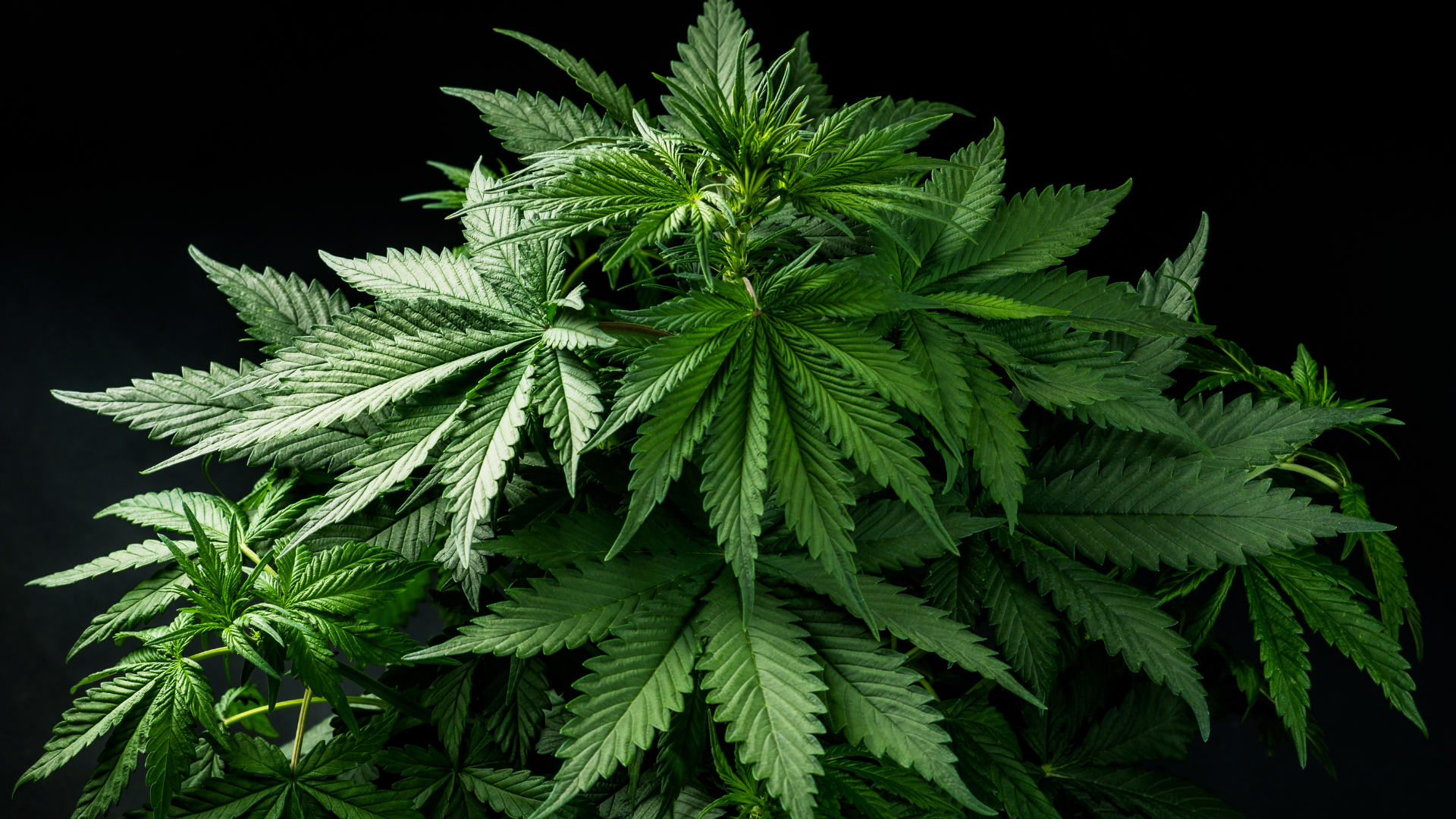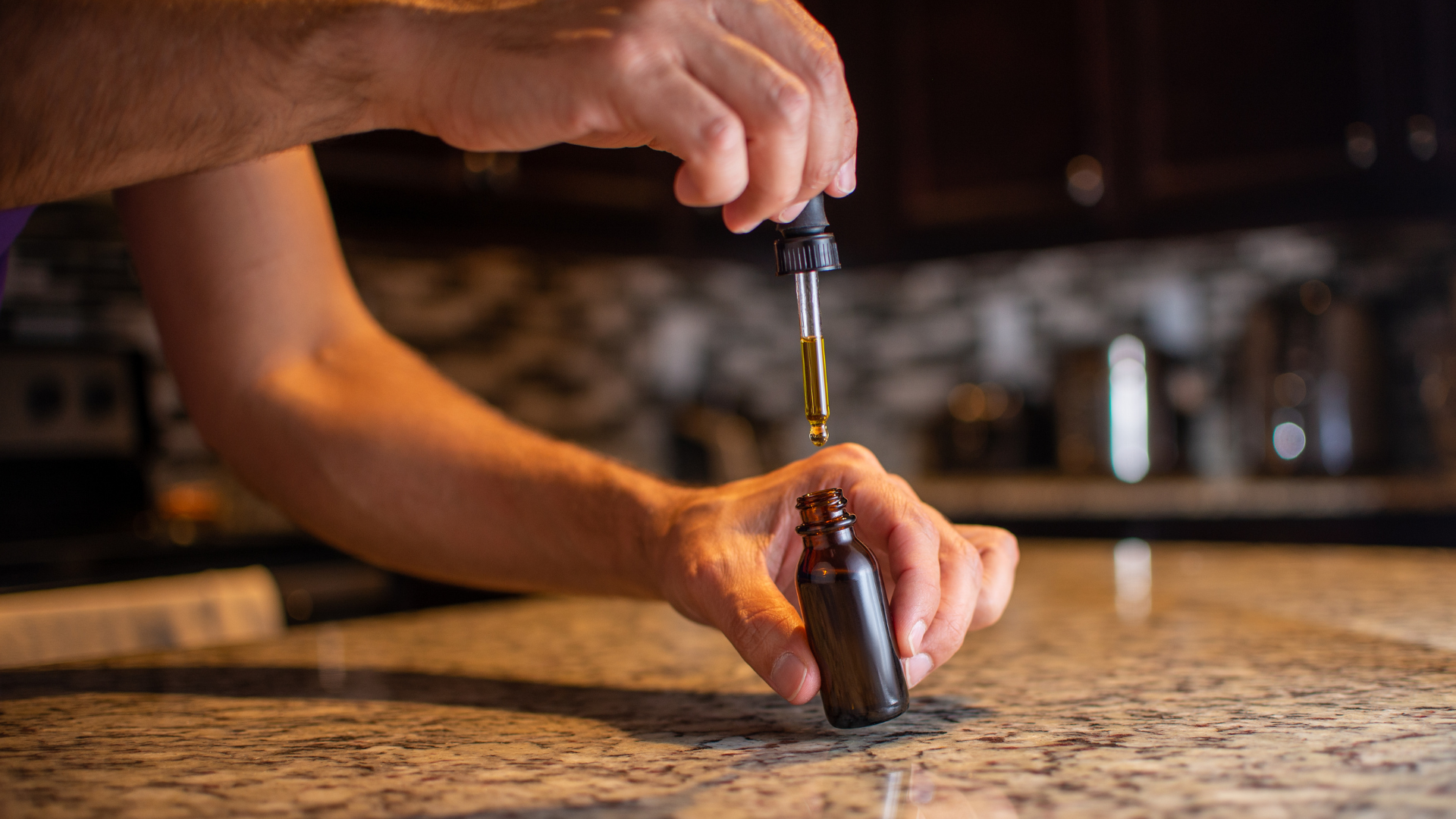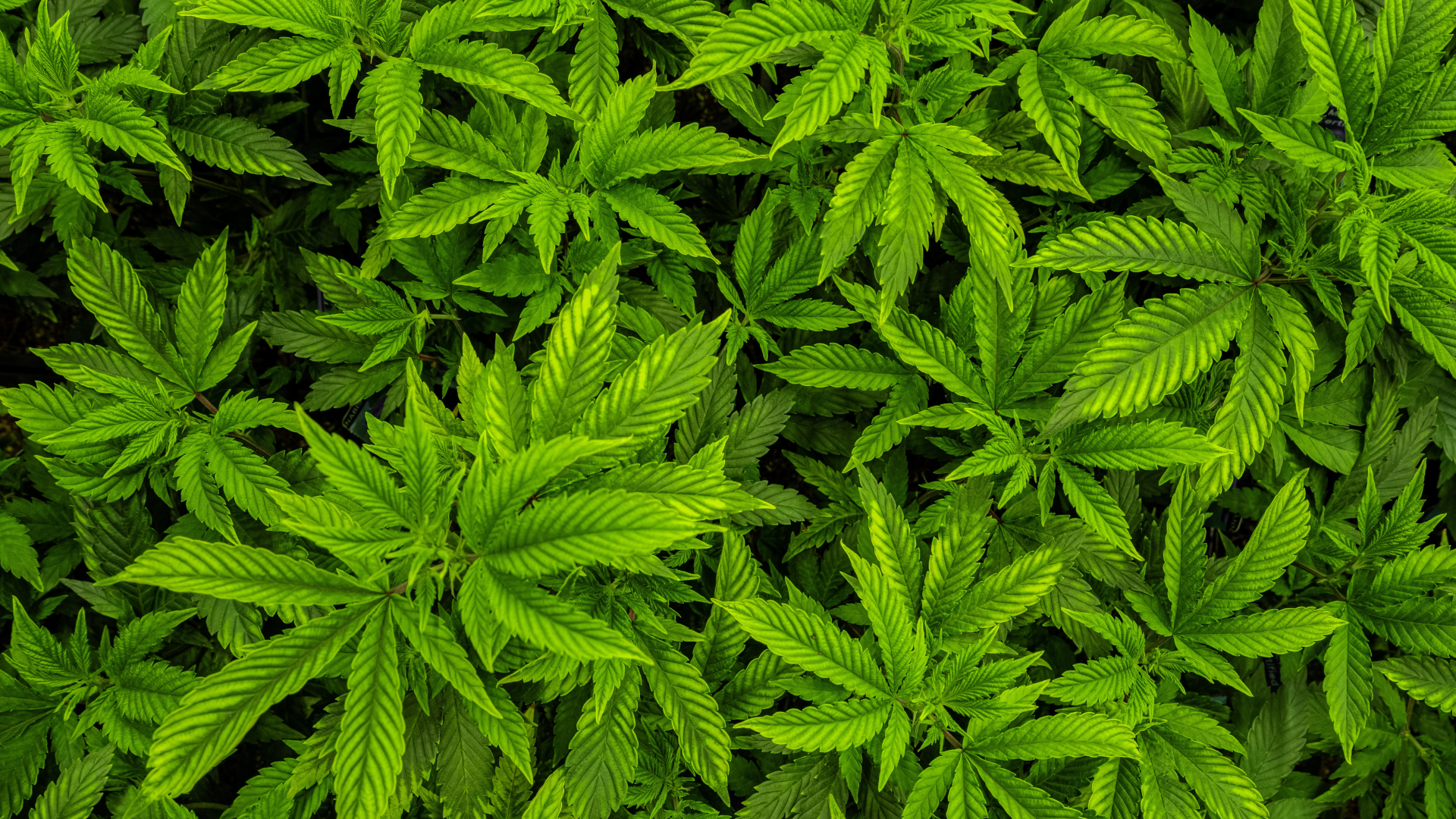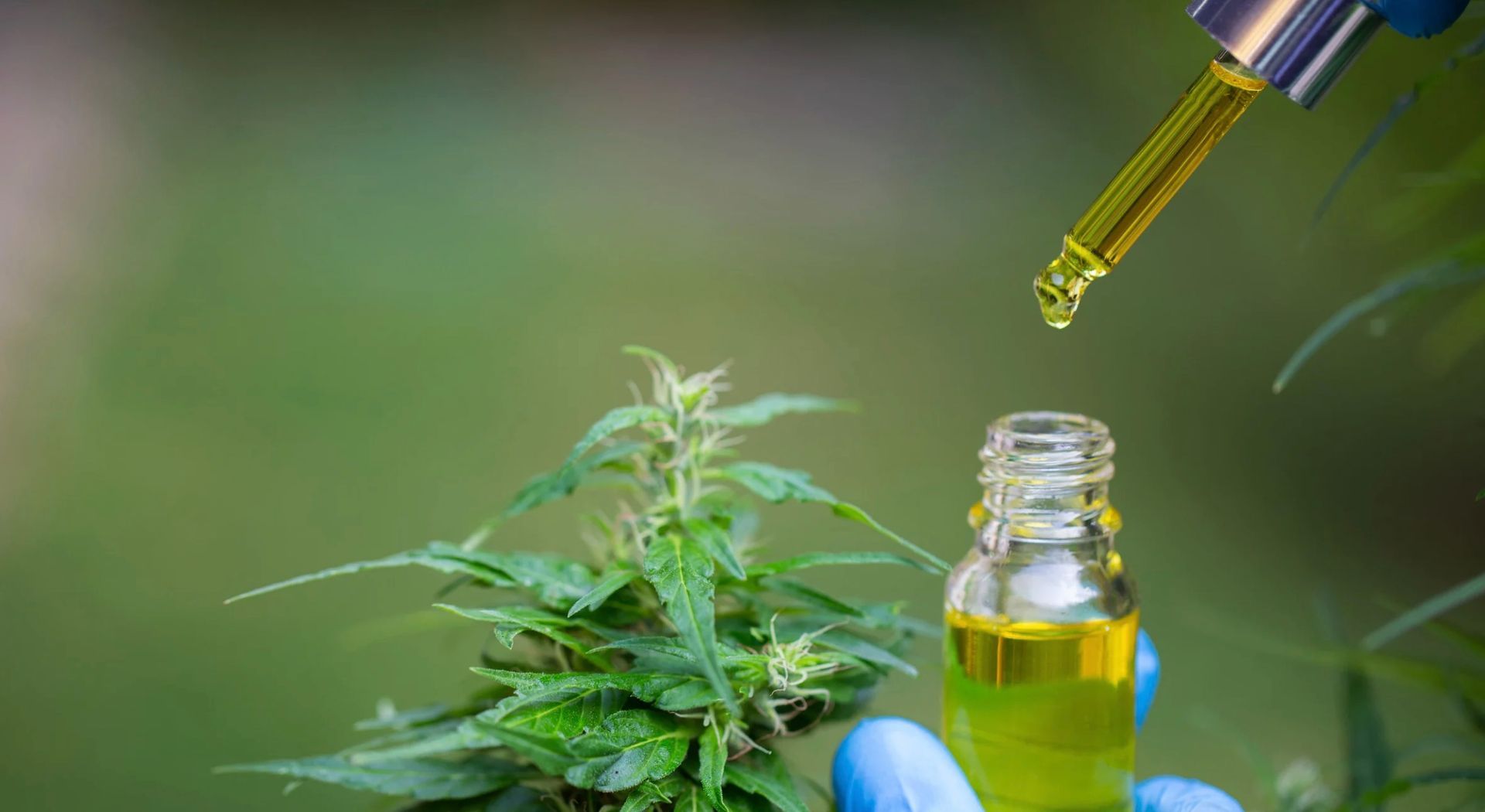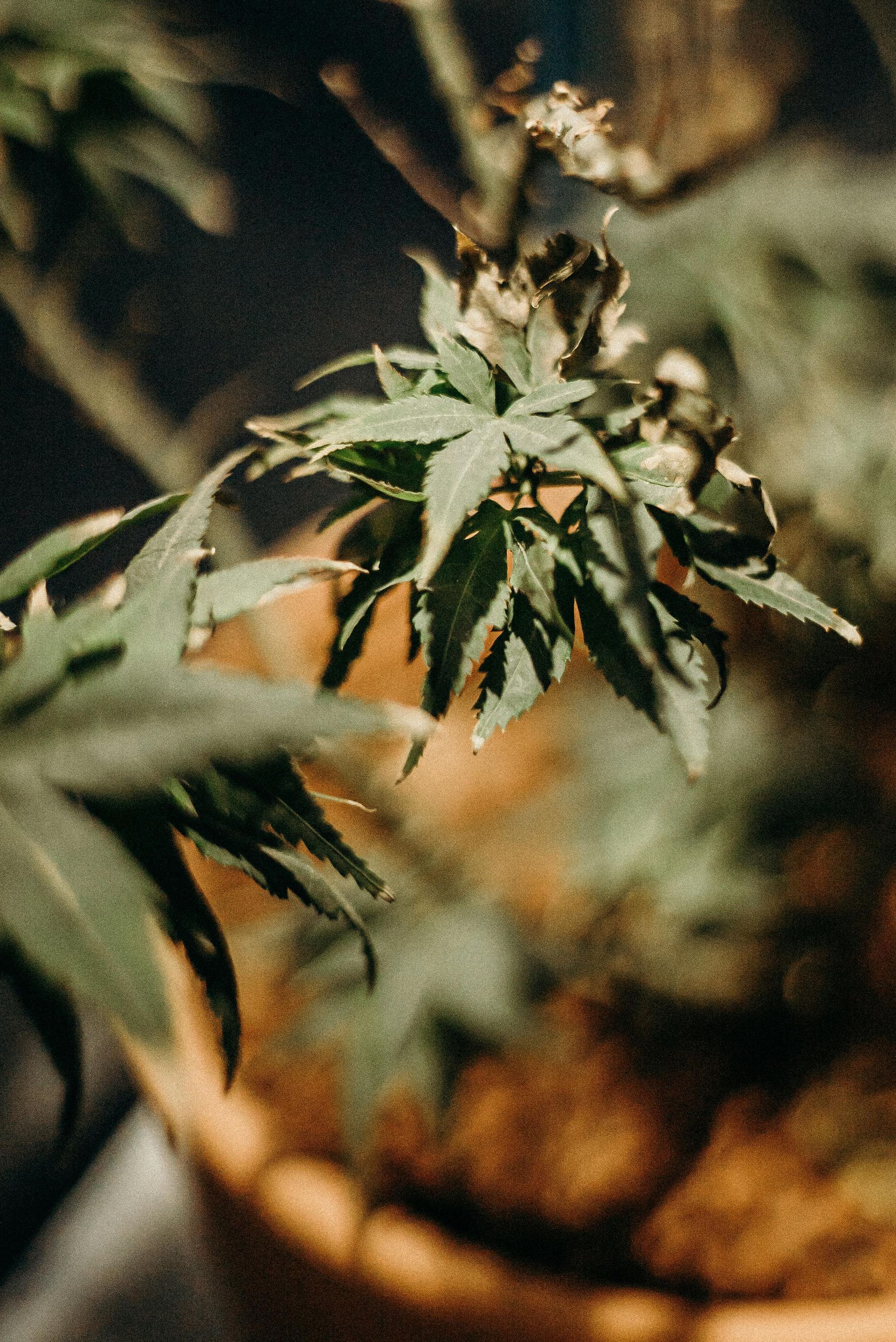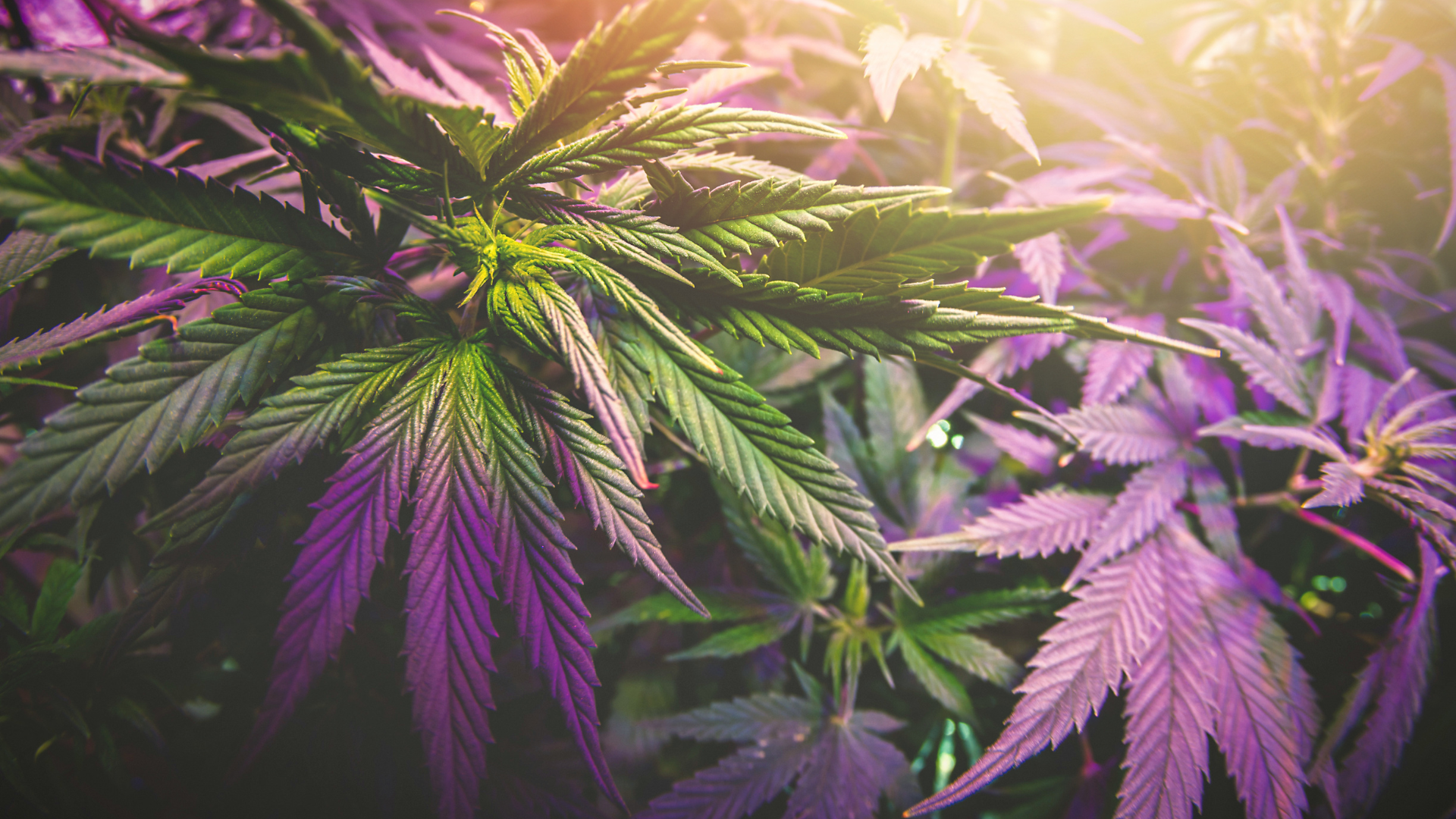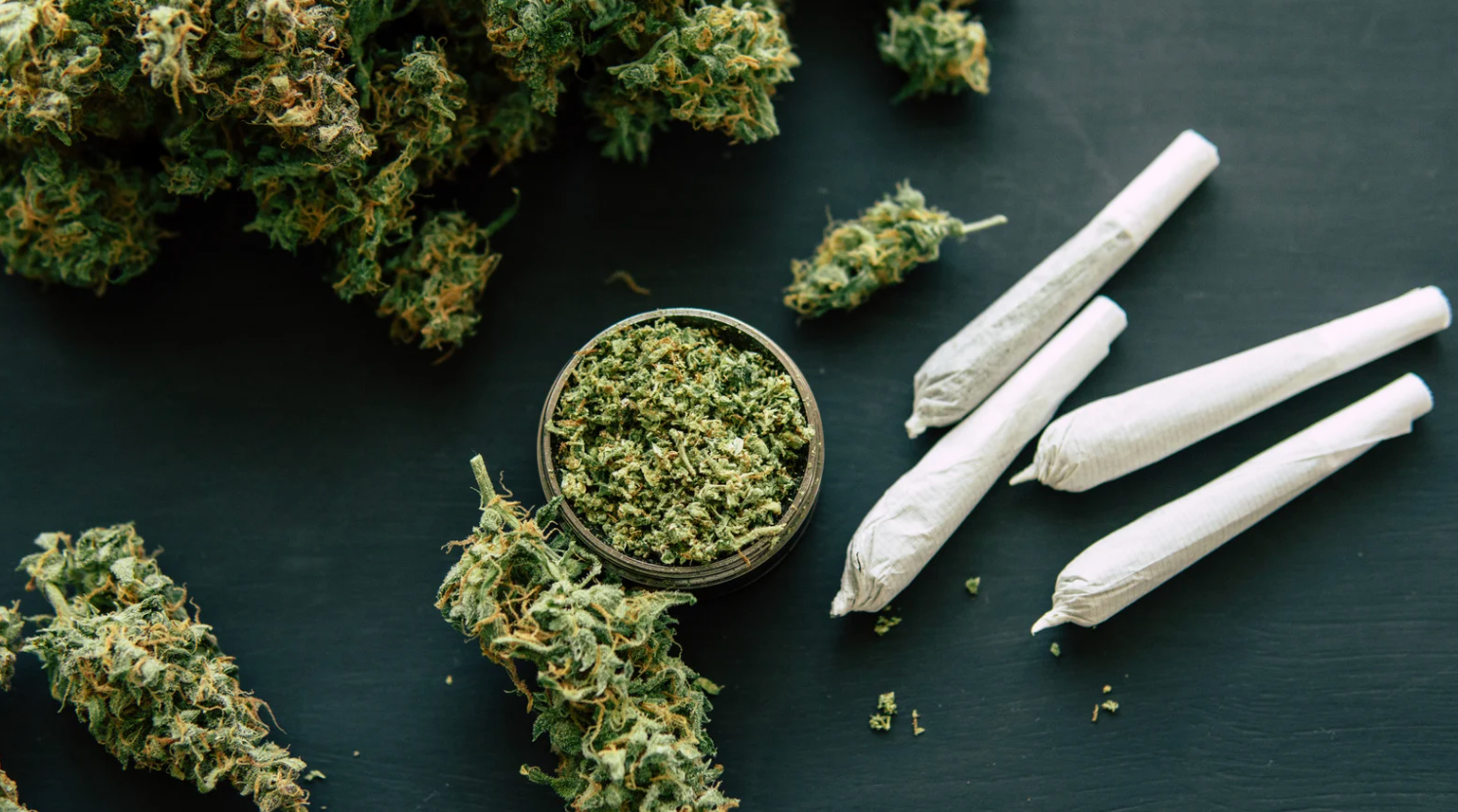What is Rick Simpson Oil? Your Complete Guide to RSO
Rick Simpson Oil, or RSO, is a potent cannabis extract that has gained widespread attention in the medical cannabis community due to its reported health benefits. Named after Canadian medical marijuana activist Rick Simpson, RSO is often touted as a miracle oil for treating a variety of conditions, from chronic pain to cancer. But what exactly is Rick Simpson Oil? How is it made, and what are its uses? And, most importantly, how do you use it safely?
In this comprehensive guide, we’ll dive into everything you need to know about RSO, from its origins to its potential benefits and risks.
What is Rick Simpson Oil (RSO)?
Rick Simpson Oil (RSO) is a concentrated cannabis oil made using a special extraction method developed by Rick Simpson himself. Unlike other cannabis oils, RSO is highly potent, containing a high concentration of THC, the main psychoactive compound in cannabis. It’s often used by medical cannabis patients who need a more intense and concentrated form of treatment.
RSO is typically a thick, dark oil, and its high THC content means it’s very powerful. Because of its potency, RSO is typically used for specific medical conditions, and it’s known for being a full-spectrum extract, meaning it contains a wide range of cannabinoids, terpenes, and other beneficial compounds found in the cannabis plant.
The Origins of Rick Simpson Oil
Rick Simpson, a Canadian medical marijuana activist, first developed RSO in the early 2000s as part of his own battle with cancer. After being diagnosed with skin cancer, Simpson began experimenting with cannabis to find a natural alternative to the harsh treatments prescribed by his doctors.
He used the cannabis oil topically and also consumed it, and he claims to have successfully cured his own cancer through this treatment. This led to his advocacy for the medicinal use of cannabis, and he began sharing his method for making cannabis oil with the public, eventually popularizing it as Rick Simpson Oil.
Simpson’s claims sparked a widespread interest in RSO, though it's important to note that while many people have reported benefits, there is still a lack of scientific research to definitively prove its effectiveness for cancer treatment.
How is RSO Made?
Making RSO involves extracting the cannabinoids and other compounds from cannabis flowers using a solvent, typically ethanol, although other solvents like butane or isopropyl alcohol can also be used. Here’s a general overview of the process:
- Choosing the Cannabis: RSO is made using high-quality cannabis flowers. The cannabis is typically high in THC, but strains with higher CBD content can also be used, depending on the desired effects.
- Extraction Process: The cannabis is soaked in a solvent, which dissolves the cannabinoids, terpenes, and other compounds. The mixture is then filtered to remove plant material, leaving behind a concentrated oil.
- Evaporation: The solvent is evaporated off, leaving behind the thick, sticky cannabis oil.
- Final Product: The final product is a potent, dark-colored oil that can be consumed orally, applied topically, or even used in vaporizer pens.
It’s important to note that making RSO at home can be dangerous, as it involves flammable solvents. It’s best to purchase RSO from a reputable dispensary to ensure the product is safe and free from contaminants.
What Are the Purported Uses of RSO?
Rick Simpson Oil has become famous for its purported health benefits. While scientific research on its medical uses is still ongoing, RSO is most commonly used to help manage the following conditions:
- Pain Management: RSO’s high THC content makes it effective in relieving chronic pain, particularly pain from conditions like arthritis, fibromyalgia, and multiple sclerosis.
- Cancer Treatment: RSO is often touted as a potential cancer treatment, with many users claiming that it helped them fight cancer. However, it’s important to note that scientific studies have not definitively proven that RSO can cure or treat cancer.
- Sleep Disorders: Due to its calming effects, RSO is often used to help with insomnia and other sleep disorders.
- Anxiety and Stress: Some people use RSO for its potential to alleviate anxiety, stress, and even symptoms of PTSD.
- Skin Conditions: RSO can be applied topically to help with skin conditions like eczema, psoriasis, and even acne. Its anti-inflammatory properties may provide relief for various skin irritations.
While these uses are widely reported, it’s crucial to consult a healthcare professional before using RSO, especially for serious medical conditions like cancer.
How to Dose Rick Simpson Oil Safely
Because of its potency, dosing RSO safely is critical. It’s recommended to start with a very small amount, typically the size of a rice grain (around 0.1–0.2 grams), and gradually increase the dose as your body adjusts. Here are some general guidelines for dosing RSO:
- Start Small: Begin with a very small dose, as RSO is highly concentrated. A typical starting dose is about the size of a grain of rice (around 0.1–0.2 grams).
- Increase Gradually: As your body builds tolerance, you can slowly increase your dosage. Some people work their way up to 1 gram per day, but it’s important to listen to your body and consult a healthcare professional.
- Take It Slow: RSO can be taken orally, but it’s best to take it slowly, allowing at least 90 minutes before deciding to take more. The effects of RSO can be intense, and it’s better to err on the side of caution.
- Consult a Professional: If you’re considering RSO for medical use, especially for serious conditions like cancer, it’s important to work with a healthcare provider who is knowledgeable about cannabis and can guide you through proper dosing.
Conclusion
Rick Simpson Oil has become an iconic product in the cannabis world, known for its potency and potential health benefits. Whether you’re interested in RSO for pain relief, sleep issues, or its potential to manage other health conditions, it’s important to approach it with caution. Always start with a low dose, consult with a healthcare provider, and ensure you’re using a high-quality product from a trusted source.
RSO may offer potential benefits, but like any medicinal treatment, it’s essential to do your own research and proceed carefully. If you’re looking for premium cannabis products, Grandma’s Pot Shop has you covered with high-quality oils and extracts to meet your needs.
